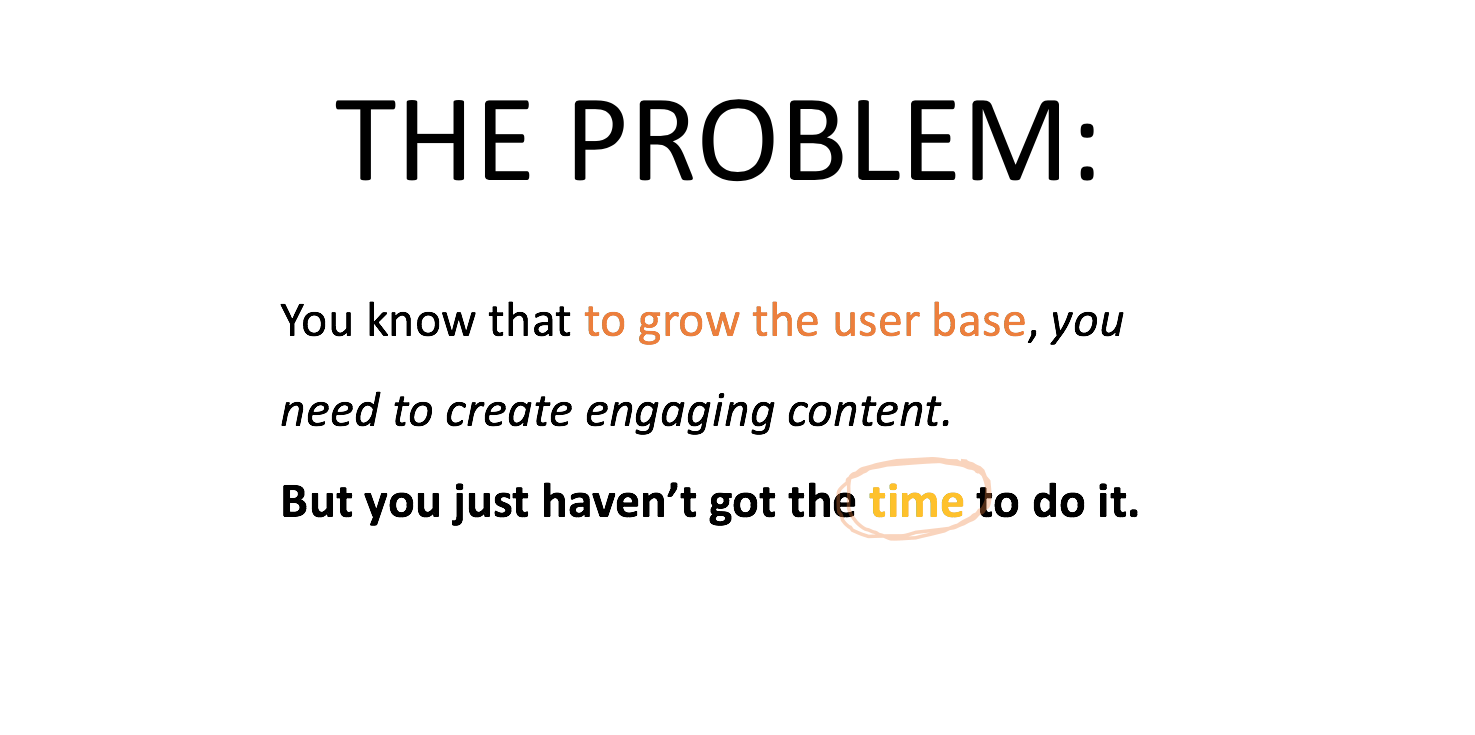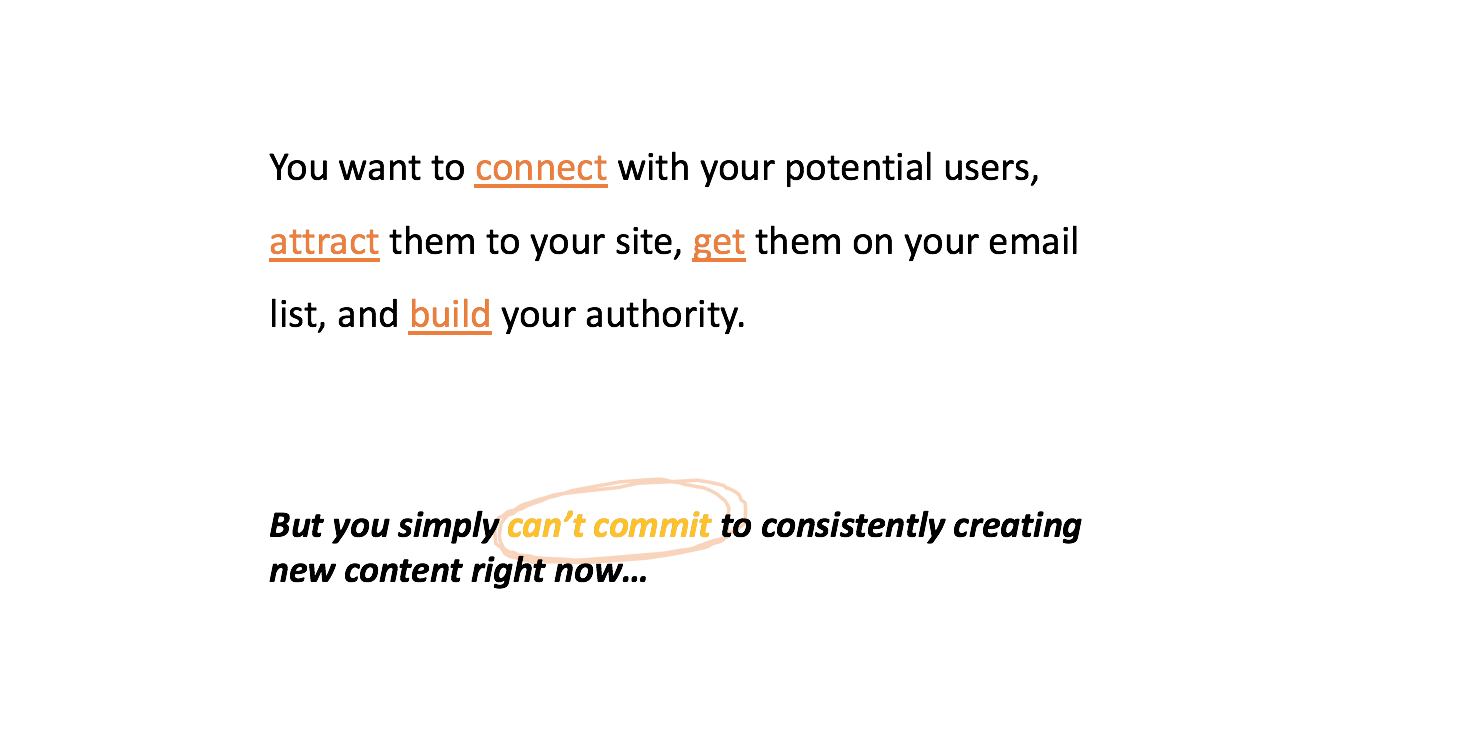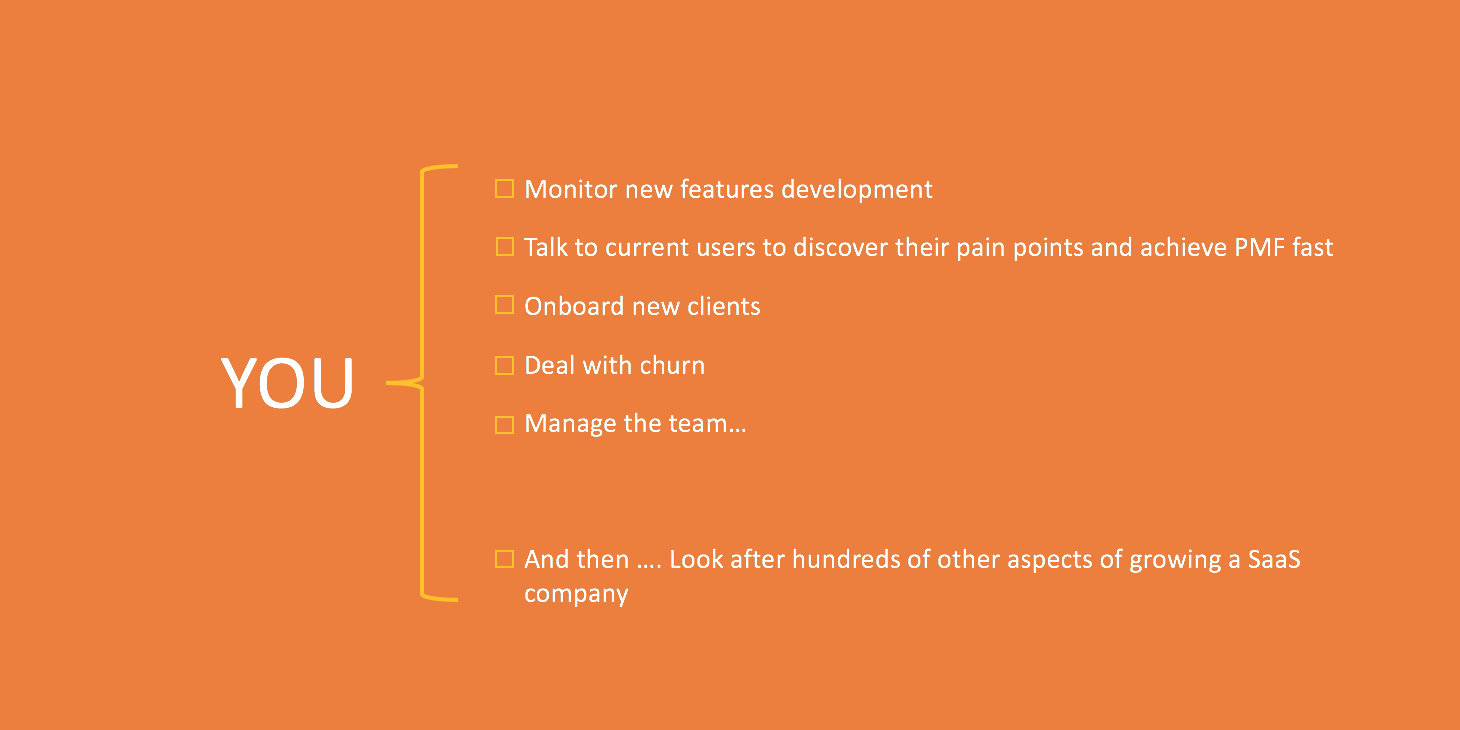What do you really think about presenting to new clients?
Do you consider it an awkward thing that you just have to do? An inconvenient chore during your busy day? A moment you dread?
And do you feel that because you don’t know what to say during the meeting to close the deal?
In that case, I have a suggestion for you. Bring a sales deck to your next new prospect meeting. Don’t worry; you don’t need any additional equipment to show it. Your laptop will suffice.
But I guarantee that using it will change the way such meeting goes for you.
And in this post, I’ll tell you what to include in the sales deck so that you win new business every time.
But first…
Why Sales Decks Work So Well
Take any modern business – a SaaS startup or a company trying to disrupt its industry, for example. They all attract initial attention in the same way. They show sales decks.
Granted, they create them for various reasons. Some use it to pitch to potential investors, others, to grab the attention of the media or present their idea at conferences or startup events.
Overall, a sales deck helps them explain what they’re selling and gain initial traction.
Now compare that with this sales-related fact…
According to the IDC, nearly 57% of B2B prospects and customers feel that sales teams are not prepared for the first meeting. (source)
Shocking, isn’t it?
But I don’t want to divulge on the reasons behind it. Discovering it is not why we’re here, after all.
However, it’s worth looking at the outcome of the above. Because without proper preparation, a sales meeting will lack structure.
For one, it might take the form of a product demo instead. You’ll run through what your company does. Perhaps you’ll name drop some clients and solutions you use too and wait for the prospect to say yes.
Here’s the problem though. Unless you present that information in the context of their business, your chances for making the sale might be slim.
And that’s all because you haven’t prepared for the call.
However, the above would rarely happen if you’ve used a sales deck.
For one, a well-created presentation will give your meeting a structure. By following your slides, you’ll know what to say and when. Most importantly, you’ll ensure covering all the critical information a prospect must see to make the buying decision.
The sales deck might also spark comments and conversations from prospects too.
But for that to happen, you must construct it using a specific structure.
In the next section, I’ll show you how to do it.
Sales Deck Structure – What to Include in Your Sales Presentation?
If you asked me what’s the most critical element of a sales deck, I’d say, the structure.
It’s how you organize the information that affects what you tell clients in each section. And that will affect their buying decision directly.
So, what’s the best structure for a sales deck? Here’s what has always worked for me:
- Start with an introduction focusing on the client’s problem,
- Present a short section explaining the benefits of solving it,
- List options they have to solve it (including hiring your company, of course.)
- Offer a short explanation of why the option to hire you is the best,
- Introduce your company including social proof,
- Describe your process – how you’re going to help the client,
- And finally, show testimonials and case studies that confirm everything you’ve said until now.
Let’s go through each section in turn.
Section #1. The Introduction
Do you know what the easiest way to engage a prospect and make them listen is?
Talk about them.
It works like magic. Let me tell you why.
When prospect agrees to meet you, it’s only because they want something from that meeting. They have a problem, after all. And they seek a solution.
And although you might think otherwise, they don’t care about you. At least not yet. They just want to know whether you can help them.
Your first slides, therefore, should target that behavior and reiterate their problem. In doing so, they’ll also highlight that you understand their pain. That’s the first prerequisite to solving it, after all.
Here’s how a friend of mine – a content marketer – opens up their sales deck for marketing managers.
Slide 1:

Slide 2:

And finally, slide no. 3:

Note how, in a couple of sentences, the company communicates the understanding of the lead’s current situation, responsibilities, and the problem that comes as a result.
Section #2. Benefits of Solving the Problem
You’ve shown the prospect of their pain. Next, paint the picture of the world without the problem.
Show stats, data or any other authoritative information to help the person visualize their life without it.
But you don’t have to go overboard here. Showing the reality – what business results they could be getting without the problem – is more than enough.
I’m going to use my friends’ sales deck as an example now. Note how the company arguments for solving the problem:

They include simple to understand facts that communicate the message – solving the problem is important.
In your case, the pain point might be a challenge with delivering work on time, for example. The cause, an outdated case management framework the company uses. The benefits, therefore, could include anything from greater business results, increased client satisfaction to a hike in company performance. All of which is, most likely, highly-relevant to your lead.
Section #3. Listing of Options
Your clients will consider many ways to solve the problem. One of which could be not doing anything. It’s an option too, after all.
So, I always recommend you list three to four options in your presentation, including the one to do nothing and one to hire an MSP.
Here’s how my friend did it.

Why is listing all options so important? Because by doing so, you give the lead a context in which they could evaluate what to do. You outline the plan that they, most likely, have been evaluating already.
But you also present them arguments to help make the final decision.
Which brings us to the next section…
Section #4. The Argument for Hiring You
This is when you can begin talking about your company, finally. But instead of launching into boasting about your achievements, the client list or combined staff experience, you give the person arguments for choosing an MSP company.
Yes, you heard it right, an MSP company. Not your business, specifically.
(But to be fair, the choice is implied anyway. Whom else would you recommend for the job than your company, after all?)
The goal for this section is to deter your lead from even considering the other options further. You want them to understand that the only way to solve their pain point is by hiring a professional.
To do so, mention the benefits of hiring an MSP business – expertise, experience, technical staff on call, etc.
And then, move to promote your business.
Section #5. About Your Company + Case Studies
You’ve done all the selling you could. You’ve explained the prospect’s problem. You showed them why they must solve it and what options do they have. You pitched one specific option against the others.
What’s left is to tell them more about you.
And so, focus the remaining slides on telling your prospect:
- Who are you?
- What makes your business unique?
- What is your process when solving similar problems?
- And finally, include case studies from clients you’ve helped already.
Closing Thoughts – How to Ask For the Sale After Presenting the Sales Deck
You’ve presented the client with all the information they needed to see. You’ve done that in the order they should have seen it too.
What’s next? How do you ask for the sale once the screensaver covers up the last slide of the presentation?
You have many options. My favorite, ask the lead a simple question – “What do you think?”
These four words carry the entire sale request. A person could, of course, respond regarding the presentation. But more often than not, they’ll reply with a question. They’ll ask about further information about your company, the solution you propose or another aspect of the information you’ve presented. And in turn, they’ll initiate the sales conversation.
How you run it is a completely different matter.
But at least, you’ll be talking sales with the prospect.
Good luck!
Sign up below to receive our monthly IT Services advice + other cool stuff straight to your inbox.